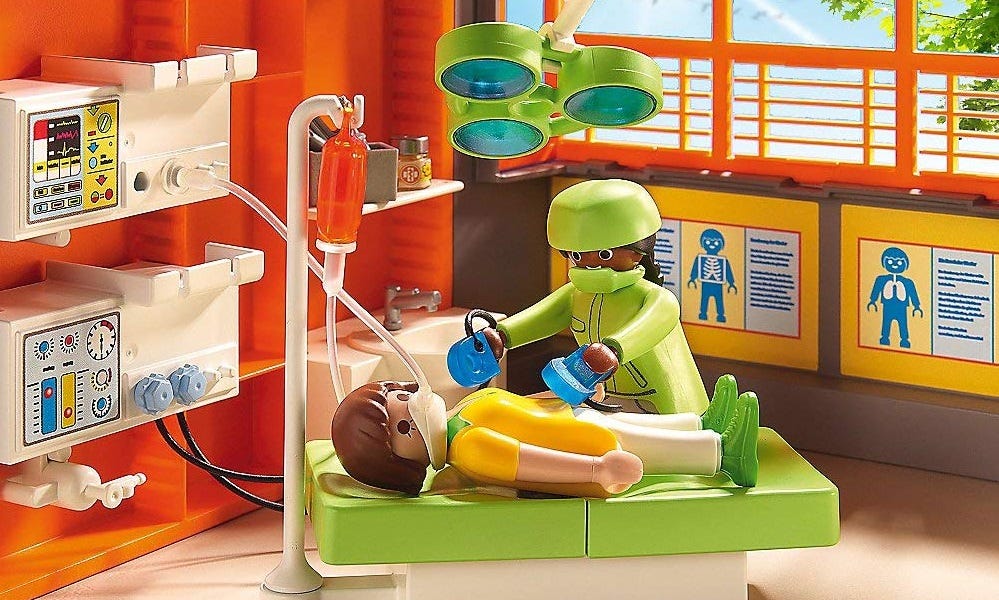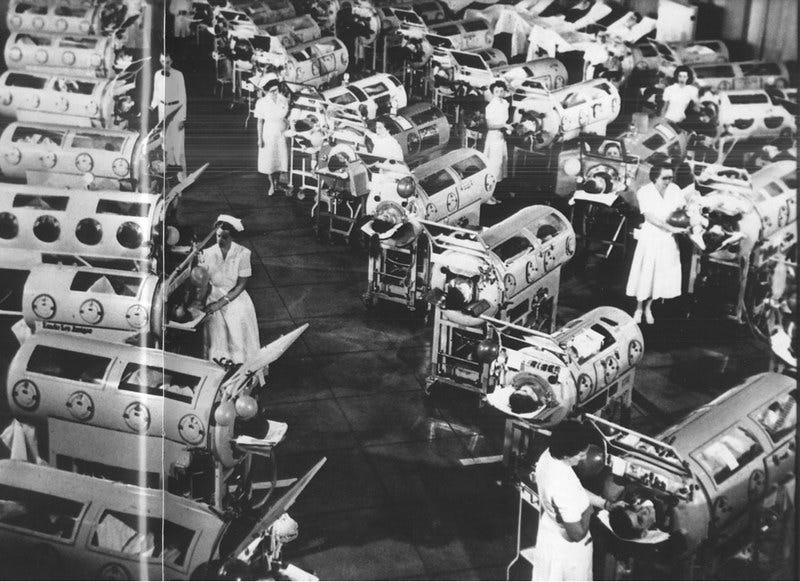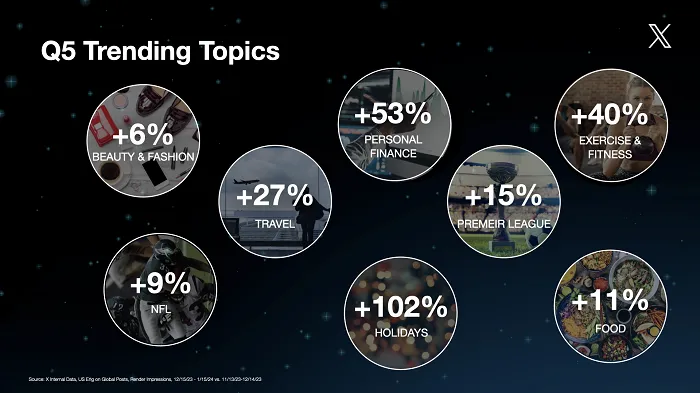Forgive manufacturing chiefs for feeling whipsawed by economic reports over the last year that have told a tale of a gradual slowdown while also chronicling the continued torrid state of the labor market, and have caused many CEOs to be guarding against recession while some of these same executives still have to scout for labor as if no end to prosperity is in sight.
As chief economist for the National Association of Manufacturers, it’s Chad Moutray’s job to collect and read real-time indicators and fuzzy tea leaves for America’s factory sector, and he shared some crucial — and actionable — insights with the recent Chief Executive Smart Manufacturing Summit in Louisville.
“I think a soft landing is still possible” for the economy, Moutray told attendees in his most reassuring remark. “We’ve been in contraction territory for much of the last seven months [and] new orders have pulled back very sharply over much of the last nine months. That’s a huge red flag.
“But go to last year, and inventory levels were rising dramatically [then]. The pullback affects new orders. As inventories start to narrow, you’ll start seeing some additional production.”
Moutray also noted that one of the most common barometers of industrial activity and manufacturers’ outlook, the Institute for Supply Management index, is “a sentiment survey. And we’ve had a lot of negative news over the last few months, [which] affect that. The hard data is weaker than we’d like to see in manufacturing production, but [activity] has increased in the last couple of months. And what’s more important is manufacturing production and capacity utilization.”
In fact, in spring of 2022, U.S. manufacturing production “was the best we’d seen since 2018 [and] capacity utilization was the best we’d seen since 2000,” Moutray said. “Certainly we’ve pulled back from there, but we are down [only] 0.7% from that point 15 months ago” in manufacturing production. “And we aren’t that far from 80% capacity utilization, which is a great number.”
Other important observations by Moutray included:
• Federal largess. Private manufacturing spending is more than double last year’s in the spring in large part because of greater investment in North American factories, much of it prompted by new federal legislation that parcels out money for infrastructure and “green” projects.
“That figure is at an all-time high, with lots of exclamation points after it,” Moutray said.
• Cognitive dissonance. Employment continues to show solid growth though, as Moutray said, “those numbers will continue to cool off a bit.” The United States remains at full employment despite the evident cooling of the economy and flirtation with recession, as the Fed’s continued ratcheting up of interest rates dampens expansion.
“We’ve never had a recession [when] we’ve had full employment,” he said. “So it’s a huge disconnect, trying to talk ourselves into a recession but with a very solid level of employment.”
• Clearing the sidelines. The U.S. labor-force participation rate — long a frustrating statistic to CEOs and economists — “has improved,” Moutray said. “But don’t expect the number to get back to pre-pandemic levels, because of demographics. There are lots of accelerated retirements” from the American labor force. “Child care is still a challenge, and immigration plays into the overall figure.
“This is a structural problem. Our [population] growth rates have fallen. Our replacement rate isn’t quite what it was. We don’t have the demographic problem of Germany or Japan, but we don’t have enough kids.”
The post Reconciling Economic Forecasts: Moutray Comes Out Positively appeared first on ChiefExecutive.net.








































































